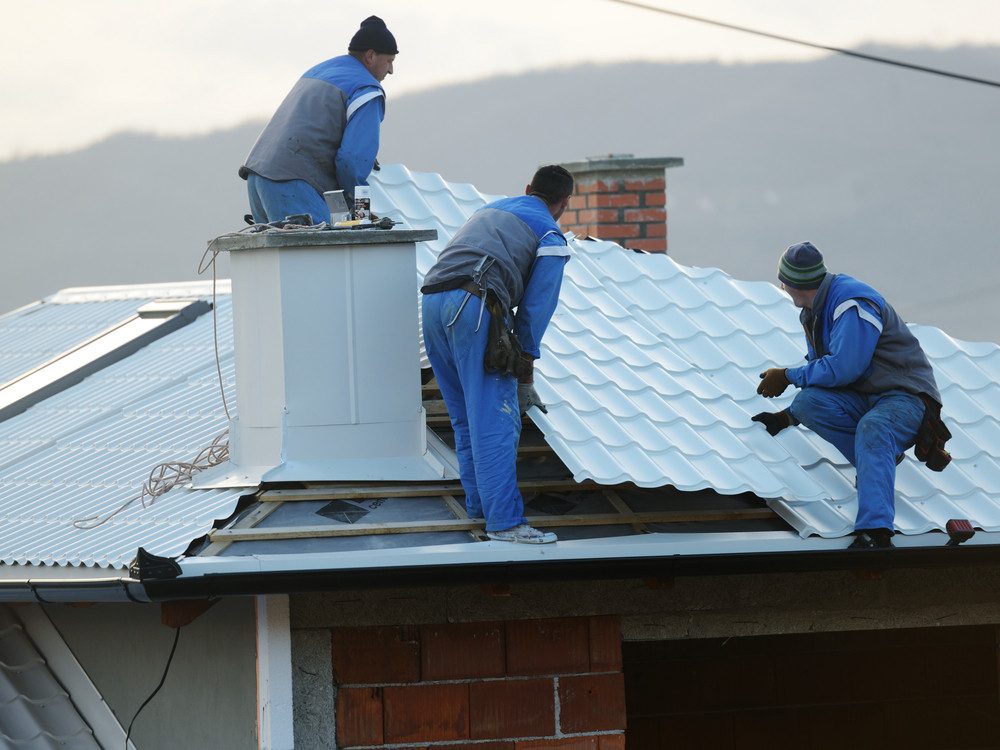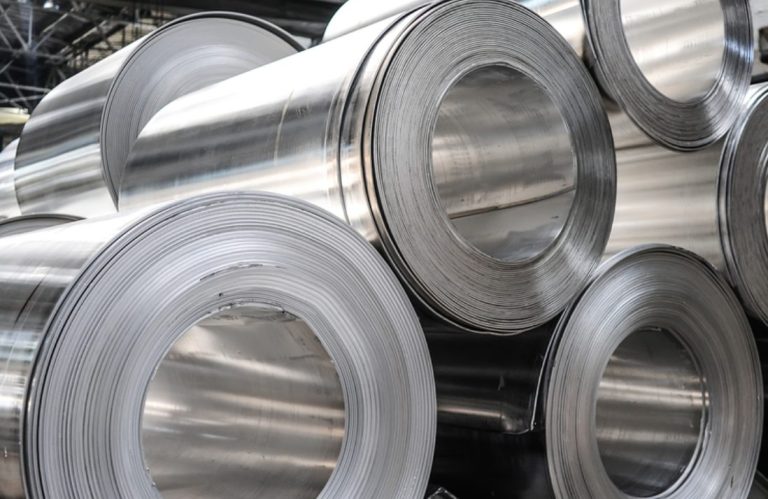How to Take the Best Care of Your Roof

Taking care of your roof is an essential aspect of home maintenance that is often overlooked until problems arise. Your roof not only protects your house from external elements but also plays a significant role in maintaining the structural integrity of your home. With a significant percentage of American roofs being over two decades old, it’s crucial to understand the best practices for extending your roof’s lifespan.
Understanding the Impact of Weather on Your Roof
Weather conditions have a profound impact on the durability and longevity of your roof. According to Fixr, harsh environmental factors like wind, hail, and storms are responsible for more than 50% of all residential roofing insurance claims, highlighting the vulnerability of roofs to weather-related damage. Regularly assessing your roof after extreme weather events can help in identifying damage early and reduce costly repairs.
A well-maintained roof shields your home from water intrusion and energy loss. Taking proactive steps to protect your roof not only preserves its aesthetic value but also ensures your home remains energy-efficient. By investing time in understanding weather impacts, homeowners can save significantly on potential repair costs.
Consider scheduling routine inspections to catch potential issues before they escalate. This precautionary measure can prevent minor problems from snowballing into major concerns. The National Roofing Contractors Association suggests that homeowners should have their roofs professionally inspected twice annually to mitigate risks associated with weather-induced damages.
Scheduled Maintenance: The Key to Roof Longevity
Setting up a regular maintenance schedule is pivotal in preserving the condition of your roof. According to Gitnux, aged roofs, often found in about 25% of American homes, particularly require diligent care and attention to prevent leaks or structural failures. Regular maintenance allows for the early detection of issues, which can significantly extend your roof’s lifespan.
Integrating preventive practices into your maintenance routine can prove beneficial in the long run. Make it a habit to clean your gutters and ensure that debris, such as leaves or branches, does not accumulate on your roof. This helps in preventing water backflow and reduces the chances of developing mold or mildew.
Furthermore, trimming overhanging branches can prevent excessive shade and keep your roof dry and less susceptible to moss growth. By adopting a disciplined maintenance plan, homeowners can enjoy a safer, more durable roof. Balanced care of your roof also reflects positively on your home’s overall value and curb appeal.
Recognizing the Signs of Roof Deterioration
Being aware of the telltale signs of roof deterioration is crucial in maintaining a safe home environment. Common indicators include curled or missing shingles, water stains on ceilings, and granules in gutters, all of which suggest your roof might require professional attention. Addressing these signs promptly can prevent minor issues from leading to significant structural damage.
Granules in gutters, for example, indicate that shingles are losing their weather-resistant properties. The loss of granules reduces their effectiveness in protecting against UV rays, potentially resulting in faster degradation. Understanding these signs allows homeowners to act swiftly and decisively to safeguard their investment.
Moreover, water stains on ceilings signal potential leaks that could damage interior structures if not addressed. Enjoying peace of mind requires vigilance and a readiness to seek professional repairs when necessary. Regular awareness and timely response to roof issues ensure the long-term safety and security of your home.
In conclusion, taking care of your roof is an ongoing commitment that involves understanding weather impacts, adhering to a maintenance schedule, and recognizing signs of deterioration. With a significant portion of American homes sheltering aging roofs, the importance of these practices cannot be overstated. By proactively maintaining your roof, you not only protect your home but also enhance its longevity and value.

